You have seen it on products and heard people talk about it; but What Does DOP Mean? Discover the essence of Italian cuisine with this comprehensive overview of DOP Certification. Make sure you're enjoying the genuine Italian flavors that are preserved by years of tradition and crafted with meticulous care.
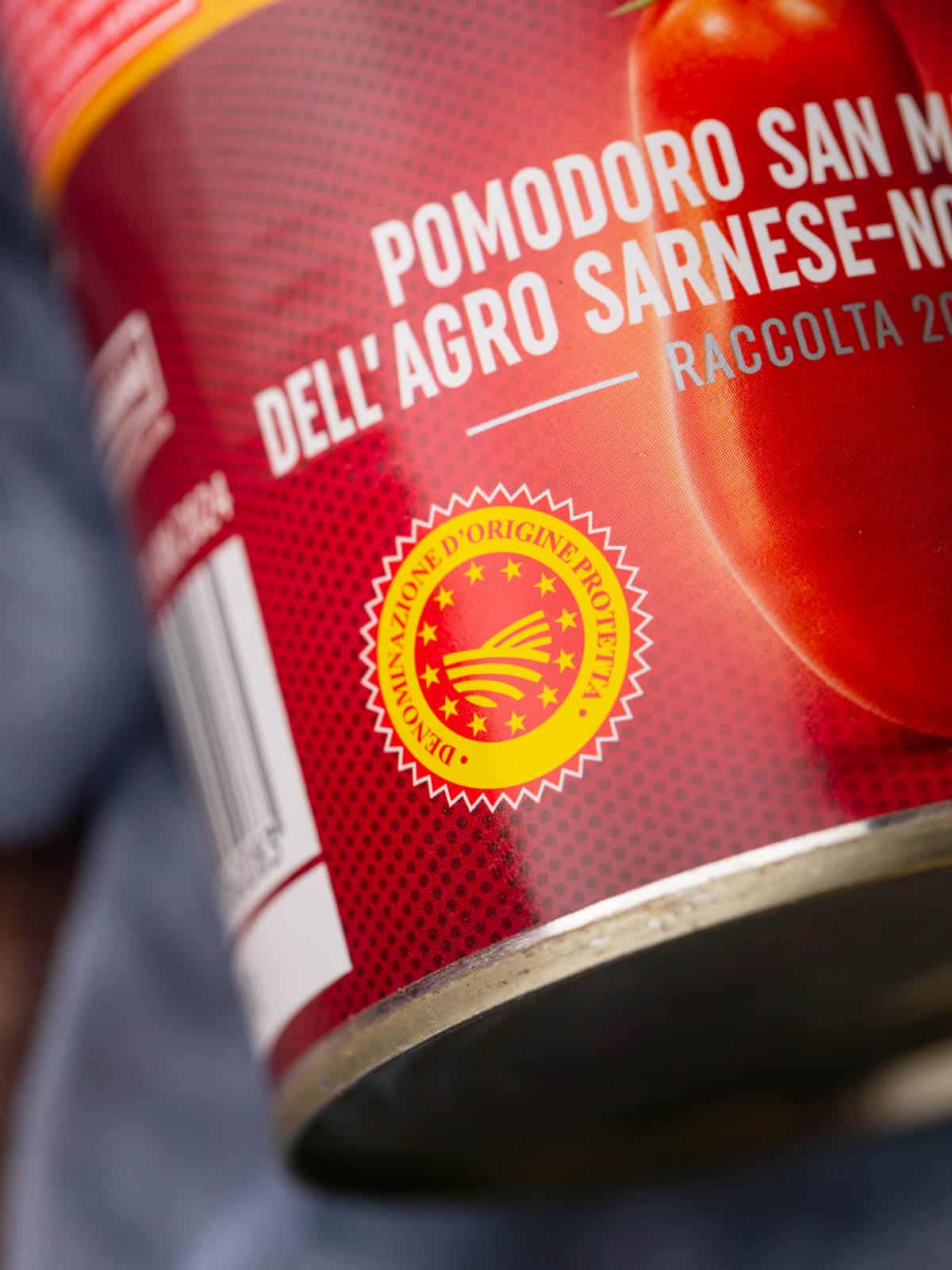
Italian cuisine is known for its ability to make simple dishes extraordinary by using the highest quality ingredients. But how can you be sure that the bottle of extra-virgin olive oil or the block of Parmigiano-Reggiano is the real deal? (PRO TIP: The green bottles of shaky cheese you buy in the pasta aisle at the grocery store are not authentic.)
The answer lies in DOP, or "Denominazione di Origine Protetta" in Italian, which translates to Protected Designation of Origin (PDO) in English. In this guide, we'll cover what DOP certification really means and also how it safeguards the heritage of Italy's most famous export—its food!
Jump to:
🇮🇹 What is DOP?
DOP is a quality assurance label that guarantees food products truly represent the origins they claim and are made according to artisan tradition. The label is overseen by the Italian government to ensure both quality and consistency. Products are also tracked with serial numbers to confirm their origin, processing, and approval.
Items with this certification will come from a certain area of Italy, or even from a specific family. These regions or families are designated by the Italian government to produce the specialty foods.
These foods are part of Italy’s cultural heritage, often made according to centuries-old traditions. Every step of their production, from the harvesting of the raw materials to the final packaging, is meticulously supervised and then certified.
Basically, this stamp of approval lets consumers know that the food or drink they are purchasing is indeed authentic. It has also been produced using the highest standards as defined by the Italian government and the European Union.
📜 The History of DOP Certification
The DOP system began in 1963 after the Treaty of Rome established Italy as a founding member of the European Economic Community. In 1992, the certifications underwent revamping to align with EU laws on regional food designations.
The establishment of DOP certification was spurred by imitators that began flooding the market with low-quality knock-offs. This threatened the integrity of Italy's food culture during a time when Italian cuisine was gaining popularity around the globe. The goal of DOP was to protect Italy’s culinary reputation through traceability, transparency, as well as authenticity.
At its core, the DOP system ties a product's heritage and quality to its local environment and production methods. Soil is different in different regions of Italy, giving fruits and vegetables differences in flavors. Regulating that area where an authentic product originates, along with its growing and processing, ensures both quality and consistency.
🥫 Examples of Products With DOP Certification
A number of Italian foods commonly found in the United States carry the DOP label. These products vary from wines to cheeses and even canned tomatoes. Here are some you might find at your local grocery store:
- San Marzano Tomatoes – Grown in the rich, volcanic soil of the Sarno Valley near Naples, these plum tomatoes are celebrated for their superior flavor. They are a staple in my Italian Baked Eggs, Sunday Italian Gravy, as well as others where tomatoes are a predominant ingredient.
- Balsamic Vinegar – True balsamic vinegar, "Aceto Balsamico Tradizionale", comes from Modena or Reggio Emilia. This thick, syrupy vinegar has a complex flavor profile while is perfect with a Classic Caprese Salad.
- Olive Oil – Italy produces some of the world’s best olive oils. Regions like Tuscany, Puglia, and Sicily offer the best unique flavors. DOP certification assures that oil is produced, processed, and packaged in the specific region using traditional methods. This can make a huge difference for Pizza Bianca or Olive Oil Cake, when flavor is key.
- Olives – Italian olives vary in size, color, and also flavor. This reflects the soil and production methods used to make them. When you have a dish like Marinated Olives, you want to make sure the flavor and quality of the olives comes through.
- Cheeses – Italian Cheeses are among the best in the world, with DOP labels ensuring both authenticity and quality. You may need to go to a speciality grocery store or cheese shop for these.
- Cured Meats – Cured meats like Prosciutto di Parma are produced using age-old traditions, giving them deep, nuanced flavors. It can really put your Melon Caprese, Creamy Pastina or Tortellini alla Panna over the top.
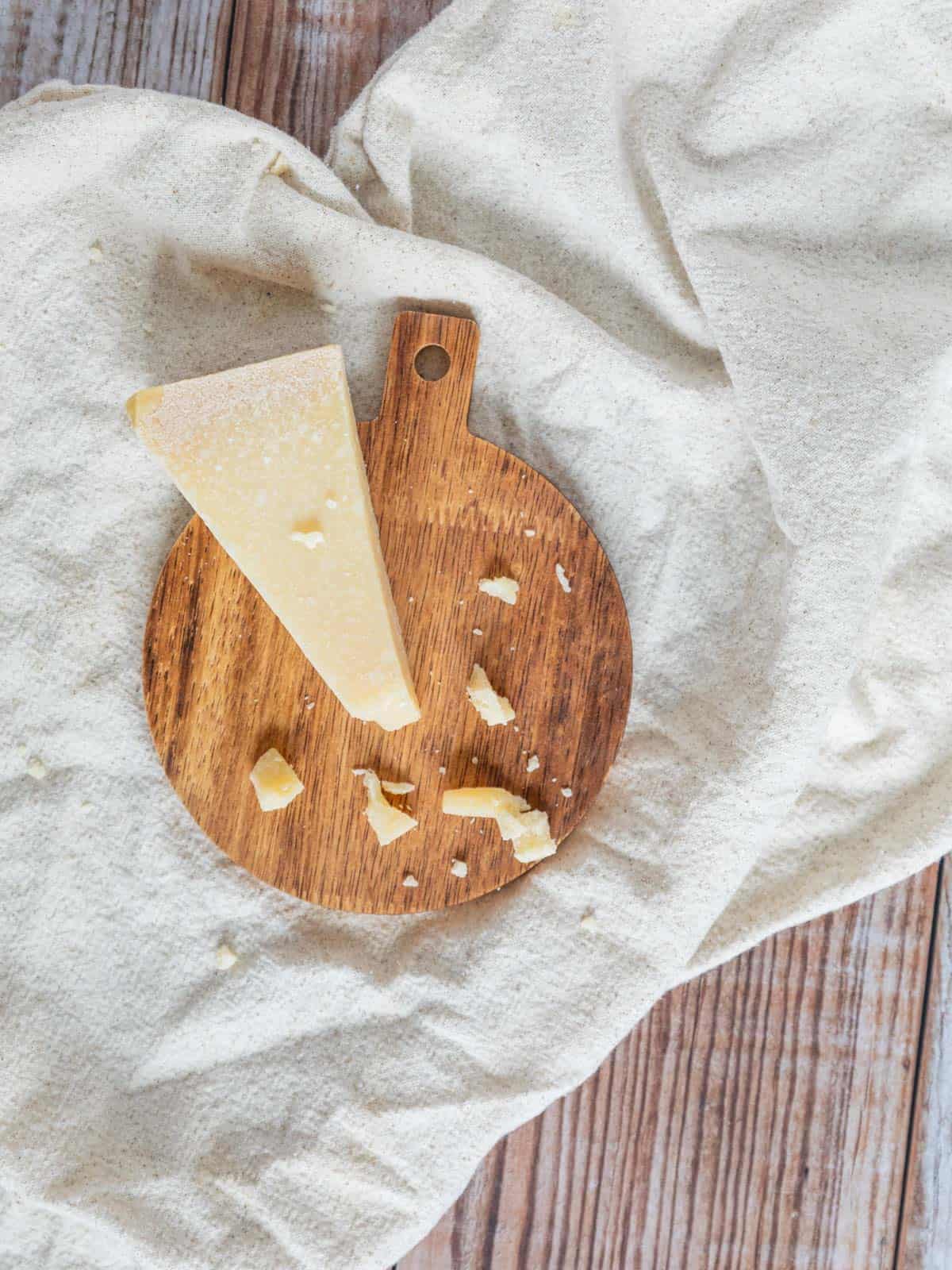
🛒 How to Find Products With DOP Certification
The DOP label is red and yellow, and it will have the acronym displayed on it, as well as a serial number. The label is located on the package itself, or on the rind in the case of cheese. If you can’t find both the label and serial number, it’s not an official DOP product.
📋 DOP vs. IGP vs. STG
DOP isn’t the only Italian food certification label. Navigating the different types of certifications for foods in Italy can be confusing, so here are some thing to look for.
IGP, or "Indicazione Geografica Protetta," is a bit more relaxed in its regulations. Known in English as PGI (Protected Geographic Zone), this Italian food label overlaps with DOP a bit in some of the qualifications regarding the origin of products. The IGP label is blue and yellow.
STG, or "Specialità Tradizionale Garantita," (Traditional Guaranteed Specialty in English) is a certification that guarantees traditional methods or components were used in production. Again, there is overlap with DOP, but it’s not the same.
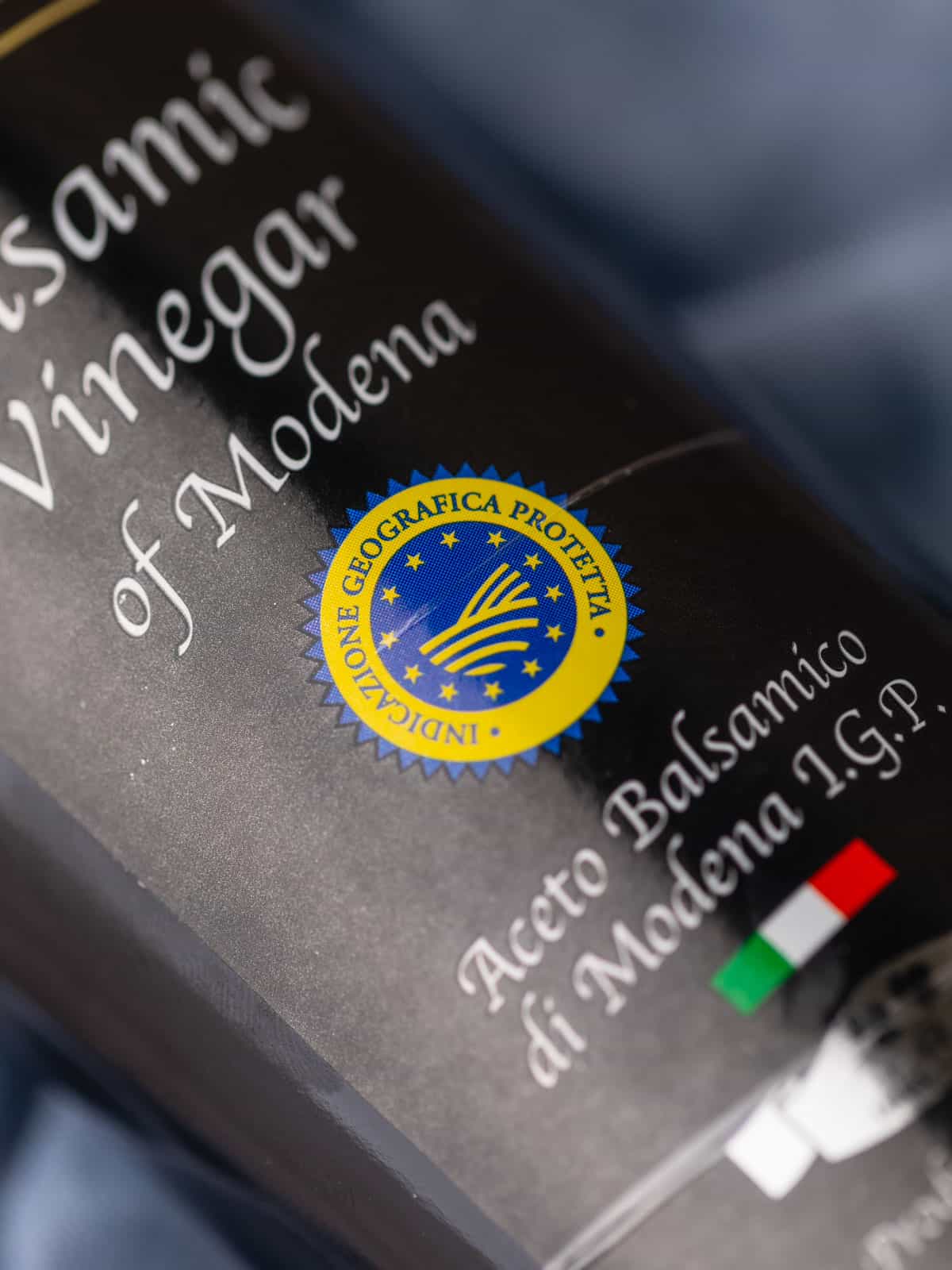
💭 Are DOP Certified Products Worth It?
In my opinion, products with DOP certification are worth the investment if you’re wanting consistent flavors and quality in your food. It allows you to know exactly what you’re buying and also be certain you’re not getting an imitation. Aside from that, purchasing products with the DOP label supports local artisanal producers who are doing the work to preserve Italy’s rich culinary heritage.
If you ever don't recognize a tool or skill that is mentioned, be sure to look it up in our Glossary of Cooking Terms and Definitions for more information.
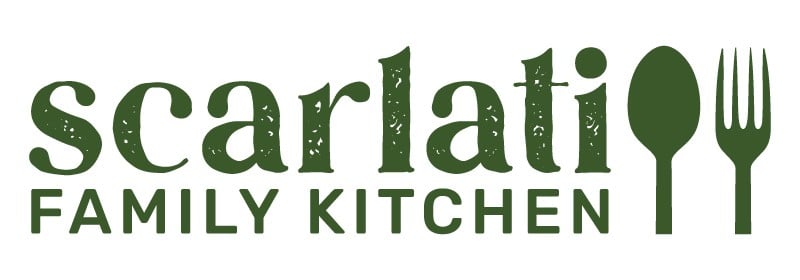

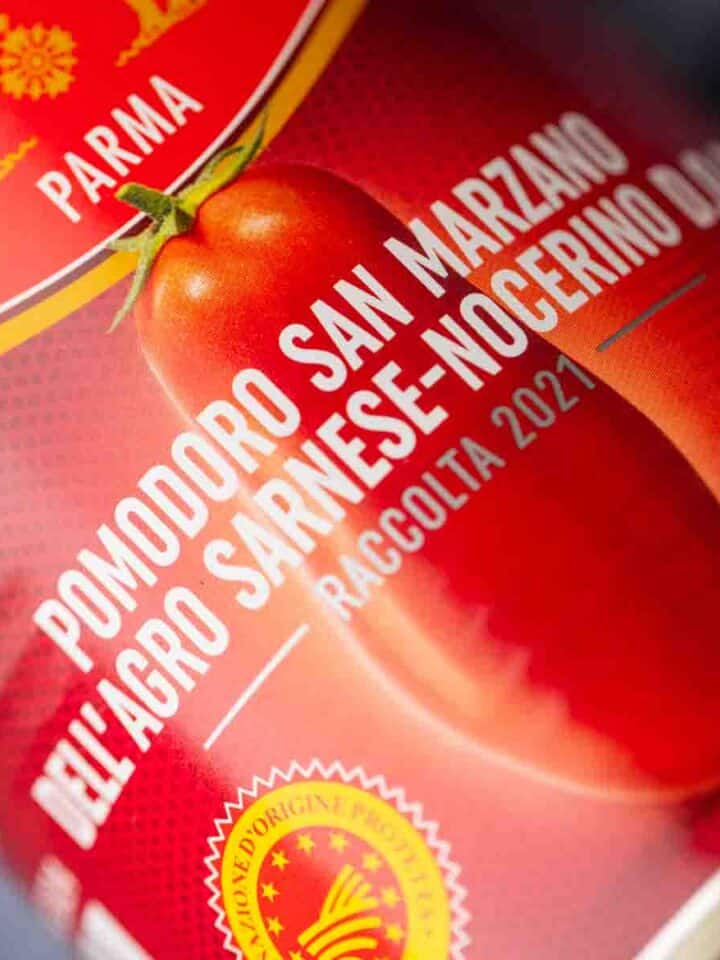
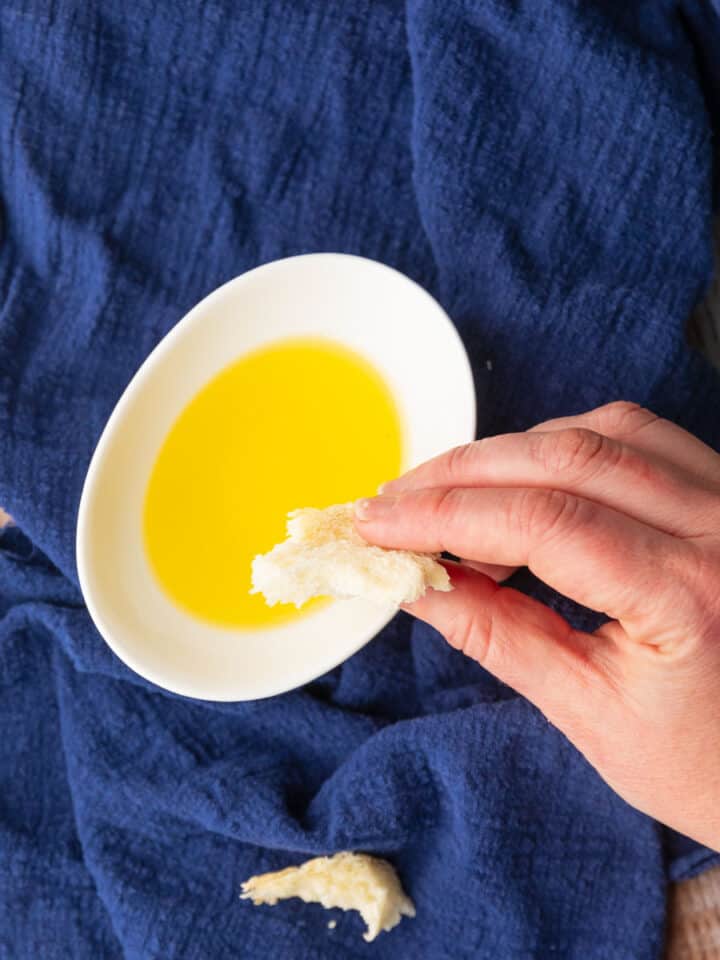
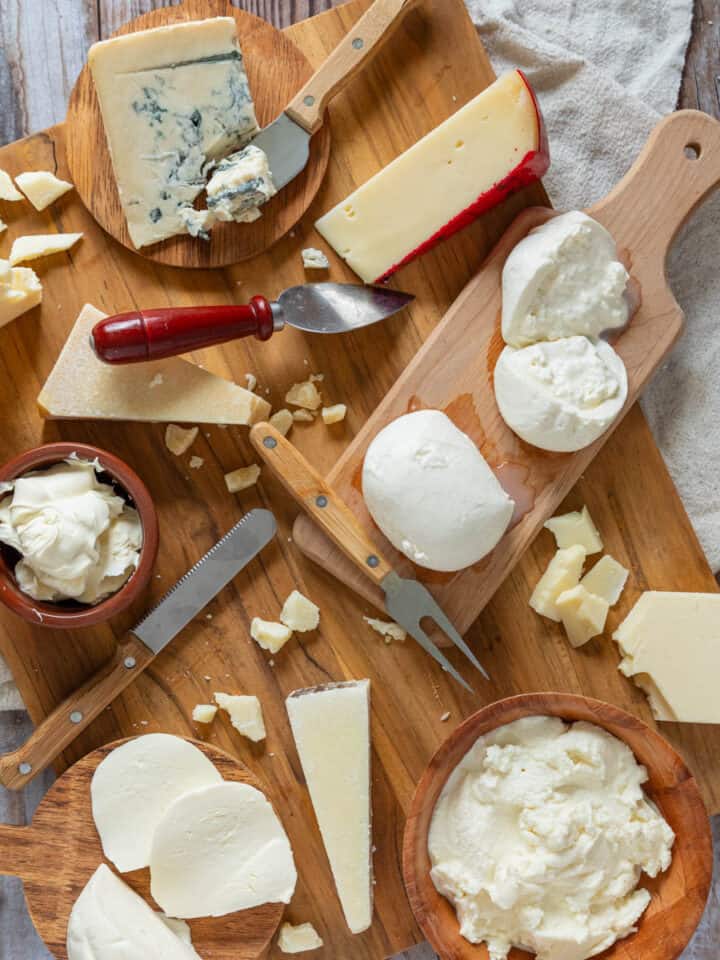
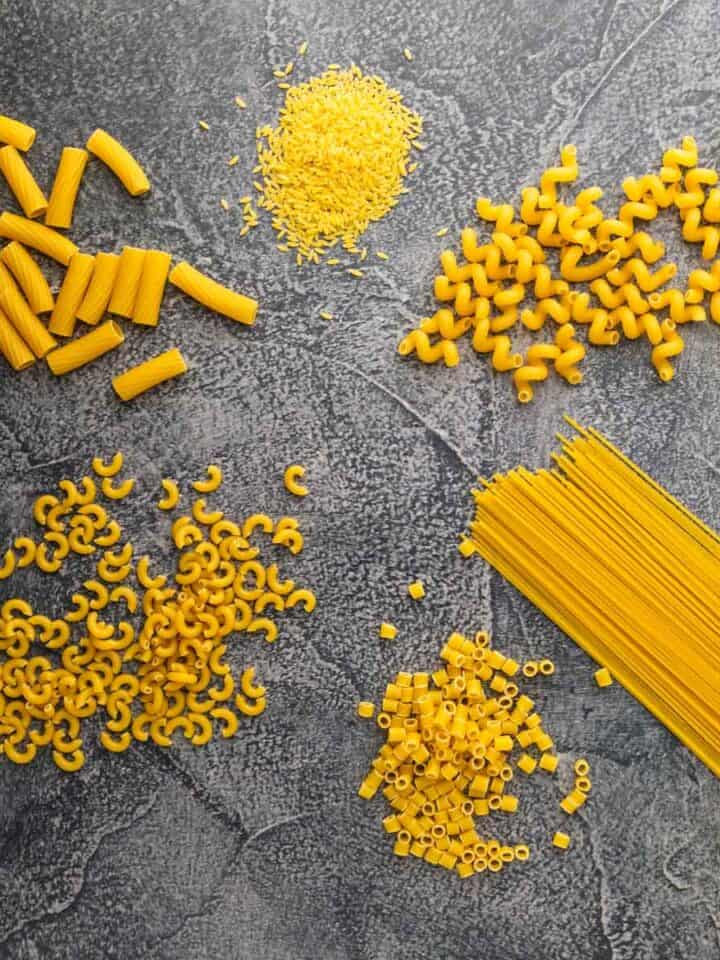
JoeW
Hi, Amanda.
Nice job on this article, and on the photographs (of course).
You mention several food certifications. Can a product have multiple, or does that not make sense?
Thanks,
Joe
Amanda
Thanks Joe! Products will only have one certification since they all have overlapping qualities. Think of them of different "levels" of certifications.